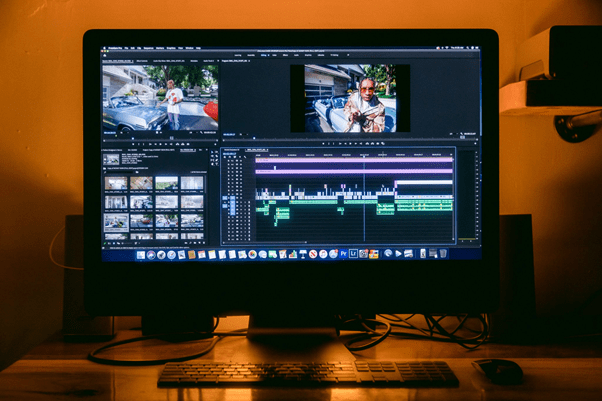5 Ways to Tweak Your Content for Better SEO
Search engine optimization (SEO) is an important process that helps websites rank better in Google, Bing, and other search engines. The main goal of search engines is to deliver relevant and accurate content to their users in seconds.
Creating content that provides value while keeping SEO principles in mind brings more visitors to your website. Some topics are more competitive than others, but one thing is common to all niches – you are not the only person competing for the first place in search results.
It is why when you work with Brisbane SEO specialists, they will constantly be improving content and SEO of your content to help you gain more visitors from search engines. Continue reading this article and discover five ways to tweak your content for better SEO.
Search engine optimization (SEO) is also a service that businesses can get from SEO companies. SEO is the process of changing your website’s design, content, and backlinks in order to rank higher in Google searches.
Internal Linking
Table of Contents

There are two types of links that you can have on your website – internal and external links.
Internal links are the links that link to another page on the same website, while external links are those which link to content on a different website. While both links are essential, gaining external links is a more resource-consuming process, so that we will focus on internal links.
To create internal links between different pieces of content on your website, you have to cover similar topics and stay in the same niche when you write content. Properly categorized content is much easier to link, so make sure that your content is categorized and organized in a clear and easy-to-understand way.
Additionally, once the user comes to your website, it is great if you can engage them and keep them there. Add a related content section to help users navigate to the next topic they can be curious about.
Related Subheadings
Once you start creating content, breaking the main topic into smaller pieces is a great idea. This way, users will easily navigate through your page and find the answers they are looking for.
Creating relevant subheadings will improve the user experience on your website and help you land in the People Also Ask section in Google search, which brings additional traffic to your website.
Find the balance between staying on the main topic your content is covering while using the Google search to discover what other questions people have in mind while researching. Your work will be faster, more efficient, and SEO-friendly.
Table of Content

Once you have the structure of your content, make sure you include a table of content on the page. You can put it in the top part of your page or even in the sidebar.
Doing this will help users easily navigate your pages, which means that their experience will be significantly better. Besides good user experience, which is already a big bonus for SEO, Google might award you by displaying part of your subheadings in the search results.
Give More and Provide Value
Make sure your content covers all aspects of what you are writing while keeping it concise and straight to the point. Keep in mind the previously mentioned People Also Ask section since this is an excellent indicator if your content is going in the direction that potential users will be looking for.
Check out what other websites you are competing with providing on their pages, and make sure that you provide more while staying concise.
Think outside the box regarding what you can provide that is not already out there. Be innovative and use different mediums to present – photos, videos, infographics, interactive content, etc.
Keep the Content Up to Date

Writing evergreen content is great for one reason – it never gets outdated. If the niche in which you work isn’t suitable for evergreen content, make sure you update it. This will tell search engines that you care about the information displayed and that you are a trustworthy provider of information.
Invest some time and methodically organize your content so you know when is the time to check if something has changed and if your content should be updated.
In the long run, this will bring outstanding results, and your content will continue to rank well and bring traffic to your website.
Final Tips
Visitors are coming and leaving your page in seconds, signals to Google that they didn’t find what they were looking for. On the other hand, a visitor who navigates through the table of content reads valuable information and then proceeds by exploring other interlinked pages signals to Google that your content and website satisfy users’ needs.
Another thing worth mentioning is that gaining traffic from search engines is very slow in the beginning – Google and other search engines want to make sure that your content is relevant and accurate. Don’t expect instant results. Most SEO experts agree that it takes 6 and 12 months for content on a new website to appear in the search results.
SEO is all about user experience. Think about how you can enhance the user’s experience reading your content, and search engines will recognize and reward your hard work.






![How to Screenshot on an HP Laptop or Desktop [8 Easy Ways]](https://hitechweirdo.com/wp-content/uploads/2024/11/how-to-screenshot-on-an-hp-laptop-or-desktop-8-easy-ways--770x616.jpg)
